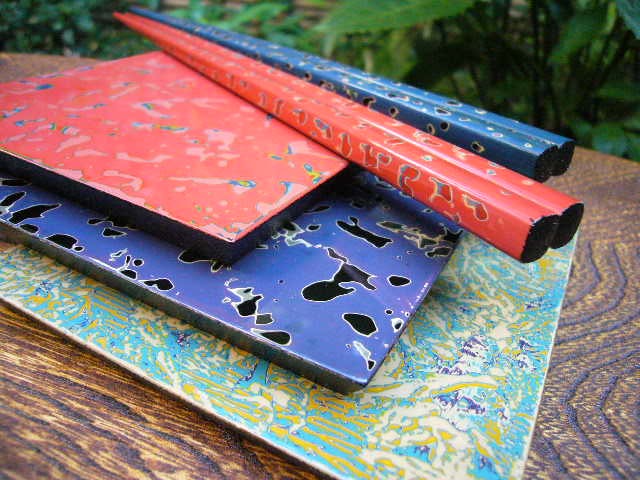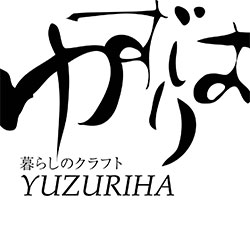TSUGARU LACQUER
Aomori Prefecture (from mid-seventeenth century)
Materials: Wood, lacquer
This is one of the finest examples of lacquer ware in Japan and has been designated by the national government as a traditional handicraft. There are four main techniques practiced in Tsugaru, namely, kara-nuri, nanako-nuri, monsha-nuri, and nishiki-nuri, which are used to create a variety of products. Tsugaru lacquer utensils are usually made from hiba (type of cypress), which are covered in cloth when a coat of lacquer is applied. This is repeated over 40 times, after which the utensils are polished using a whetstone and rubbed constantly to achieve a glazed finish. This is a process requiring over 60 days, and it has been followed unchanged for more than 300 years. Because of the mind-boggling number of stages and the extremely meticulous attention to detail, it has jokingly been referred to as “crazy man’s lacquer.” Unlike other types of lacquer ware, which are decorated after the underlying coat has been applied, the colors of Tsugaru ware are applied with each coat so that the more the utensils are polished, the deeper, richer, and more colorful they become.
津軽塗
青森県
素材:木、漆 江戸時代 17世紀後半~
日本を代表する塗りの技法で国の伝統的工芸品に指定されています。津軽塗には、主に4種類の伝統技法、「唐塗」、「七々子塗」、「紋紗塗」、「錦塗」があり、これらの技を基に様々な作品が作られています。ひばの素地に布を着せ、漆液を四十数回も重ねてから砥石で紋様を砥ぎ出し、磨きに磨き上げ、60日以上も要して仕上げます。300年以上も変わることなく受け継がれてきた伝統技術です。漆芸の中でも、津軽塗はその工程の多さと馬鹿丁寧な作業から通称「馬鹿塗」とも呼ばれています。多くの産地の漆器が塗装した上に模様を付けるのとは異なり、津軽塗は何重にも重ねた漆が研ぐほどに、底から色彩を発し、複雑に絡まり合う色が津軽塗り独特の豊かな表情を生み出します。


